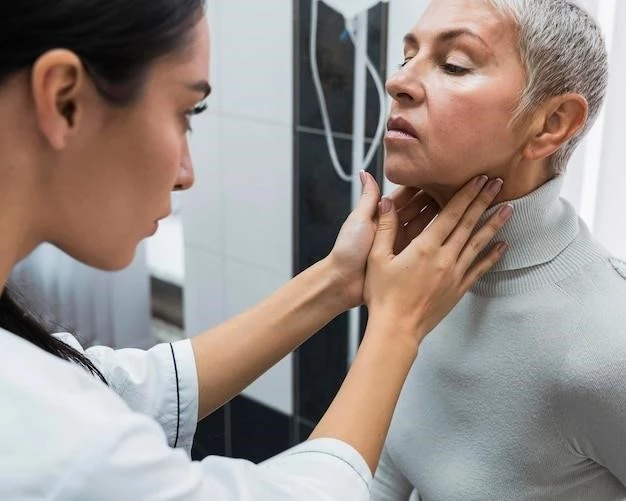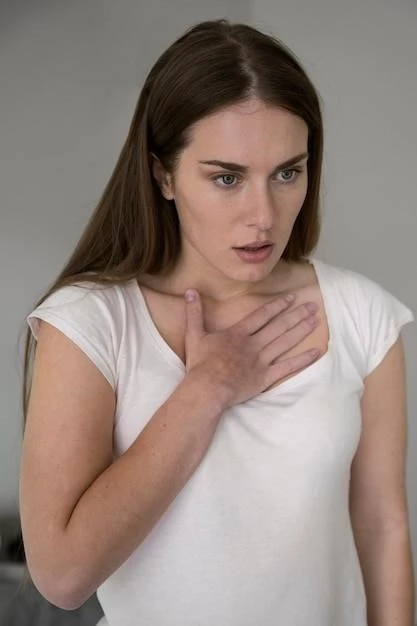Understanding Choroidal Atrophy⁚ Causes and Symptoms
This section delves into the underlying reasons and manifestations of choroidal atrophy, providing valuable insights for better comprehension.
Causes of Choroidal Atrophy
Choroidal atrophy may stem from various factors such as aging, genetic predisposition, inflammatory diseases, and vascular disorders. Other potential causes include trauma, infections, and exposure to toxins or radiation, all of which can lead to the degeneration of the choroid layer in the eye, resulting in vision impairment and other related symptoms. Understanding these underlying causes is crucial for accurate diagnosis and appropriate management of choroidal atrophy.
Symptoms of Choroidal Atrophy
Common symptoms of choroidal atrophy may include decreased visual acuity, blurred vision, distortion of the central vision, and difficulty seeing in low light conditions. Patients may also experience changes in color perception and reduced contrast sensitivity. As the condition progresses, individuals may notice a gradual loss of peripheral vision and an increased risk of developing eye conditions like macular degeneration. Early detection and timely intervention are essential in managing the symptoms and preserving visual function in individuals affected by choroidal atrophy.

Alopecia⁚ Types, Treatments, and Prevention
This section provides an in-depth exploration of the various types of alopecia, treatment options available, and preventative strategies to mitigate hair loss.
Types of Alopecia
Alopecia presents in various forms, including alopecia areata, androgenetic alopecia, telogen effluvium, and cicatricial alopecia. Each type manifests differently, with causes ranging from autoimmune responses to genetic predispositions and hormonal imbalances. Understanding the specific type of alopecia is crucial for determining the most effective treatment approach and achieving optimal outcomes for individuals experiencing hair loss.
Treatments for Alopecia
Treatments for alopecia encompass a spectrum of options, including medications like minoxidil and finasteride, corticosteroid injections, and low-level laser therapy. Advanced interventions such as hair transplant surgery and scalp micropigmentation are also utilized in certain cases. Tailoring the treatment approach to the specific type and severity of alopecia is essential for optimizing results and promoting hair regrowth. Consultation with a dermatologist or trichologist can aid in selecting the most suitable treatment modality based on individual needs and preferences.
Prevention Strategies for Alopecia
Preventing alopecia involves maintaining a healthy lifestyle, managing stress effectively, following a balanced diet rich in essential nutrients, and avoiding harsh hair practices that may contribute to hair loss. Regular scalp massages, gentle hair care routines, and using products designed to promote hair health can also aid in preventing excessive shedding and preserving hair density. Early detection of underlying scalp conditions or hormonal imbalances is crucial for implementing timely interventions to prevent further hair loss. Consulting with a healthcare provider for personalized recommendations and guidance on preventive measures is advisable for individuals concerned about alopecia.
The Link Between Choroidal Atrophy and Alopecia
Exploring the intricate relationship between choroidal atrophy and alopecia reveals potential shared pathways and underlying mechanisms contributing to these distinct yet potentially interconnected conditions. While research continues to elucidate the exact link between choroidal atrophy, affecting the eye’s vascular layer, and alopecia, characterized by hair loss, understanding any potential correlations between these conditions may provide valuable insights for comprehensive patient care and management strategies.
Managing Choroidal Atrophy and Alopecia Together
Coordinating the management of choroidal atrophy and alopecia necessitates a multidisciplinary approach involving ophthalmologists, dermatologists, and other specialists. Developing a comprehensive treatment plan tailored to address the unique needs of individuals with both conditions is essential. Collaborative care ensures that interventions for vision preservation and hair regrowth are harmonized, optimizing outcomes and quality of life for patients. Education, proactive monitoring, and regular follow-ups are key components in the successful management of choroidal atrophy and alopecia concurrently.
Research Updates on Choroidal Atrophy and Alopecia
Recent advancements in understanding the pathophysiology and treatment modalities for choroidal atrophy and alopecia have fueled ongoing research efforts. Studies exploring innovative therapies, genetic risk factors, and potential links between these conditions offer promise for enhanced diagnostic accuracy and personalized treatment approaches. Keeping abreast of the latest research findings is imperative for healthcare professionals to deliver evidence-based care and support individuals affected by choroidal atrophy and alopecia. Continued research endeavors hold the key to improved outcomes and quality of life for patients grappling with these complex conditions.
Lifestyle Tips for Coping with Choroidal Atrophy and Alopecia
Adopting a holistic approach to lifestyle management can benefit individuals navigating choroidal atrophy and alopecia. Strategies such as maintaining a nutrient-rich diet, incorporating regular exercise, managing stress effectively, and prioritizing adequate sleep can promote overall well-being and potentially support ocular and hair health. Additionally, wearing UV-protective eyewear and using gentle hair care products can help safeguard the eyes and scalp. Engaging in mindfulness practices and seeking social support are essential for emotional well-being. By integrating these lifestyle modifications, individuals can enhance their resilience and cope effectively with the challenges posed by choroidal atrophy and alopecia.
Treatment Options for Choroidal Atrophy-Related Alopecia
Managing alopecia in the context of choroidal atrophy requires a tailored approach integrating treatments for both conditions. Therapeutic interventions may include medications to promote hair regrowth, such as minoxidil or finasteride, alongside targeted strategies to address choroidal atrophy-related vision impairment. Coordination between dermatologists and ophthalmologists is essential to optimize treatment outcomes and address the individual’s holistic health needs. Advanced options like hair transplant surgery or ocular therapies may be considered based on the severity and progression of the conditions. By combining expertise from multiple disciplines, comprehensive care can be provided to individuals affected by choroidal atrophy-related alopecia.
Support Resources for Individuals with Choroidal Atrophy and Alopecia
Accessing appropriate support resources is crucial for individuals managing choroidal atrophy and alopecia. Support groups, online forums, and counseling services offer avenues for sharing experiences, receiving emotional support, and accessing valuable information; Collaborating with patient advocacy organizations and seeking guidance from healthcare professionals can help individuals navigate treatment options and cope with the challenges posed by these conditions. By engaging with support resources, individuals can enhance their well-being, foster a sense of community, and empower themselves in addressing the multifaceted aspects of choroidal atrophy and alopecia.
